Diabetes roadshow to promote the chain's free diabetes screening service.
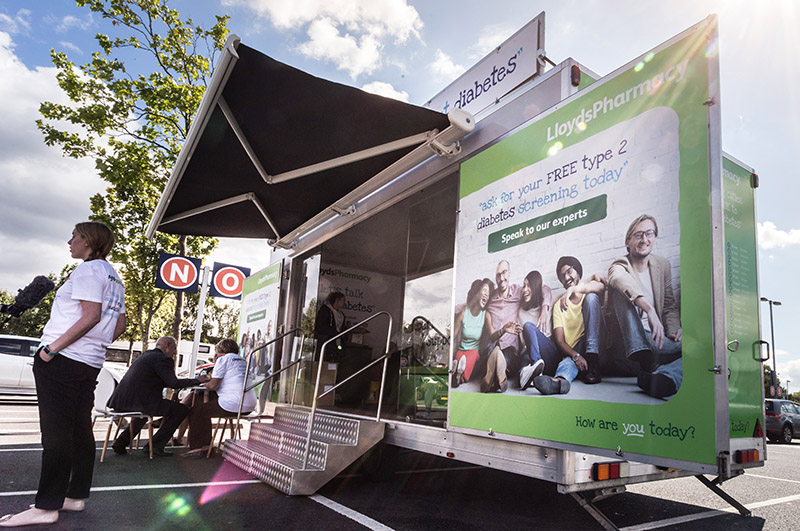
Events / Roadshow / Creative / Experience / Social media / Production
LloydsPharmacy were the first pharmacy chain in the UK to offer a free diabetes screening service. It was a crucial differentiator in a crowded market. But the competition caught up.
They needed to stay ahead of the competition, so LloydsPharmacy turned to digital. And to us.
We began by carrying out an in depth analysis of diabetes in the digital space. A complete map of the online landscape followed, allowing us to see what information was out there, what conversations were taking place and whether there were any gaps. There were, and we set out to exploit them – by identifying those at risk of diabetes and starting new conversations with the public that directly related to their conditions.
Then we came back into the real world. For eleven days, in eleven city centre locations around the UK, we would aim to ‘test the nation’ – talk to people on the street to highlight the rise of both Type 1 and 2 diabetes and get them screened. Then we’d send them into store to discuss medication and how best to manage their conditions.
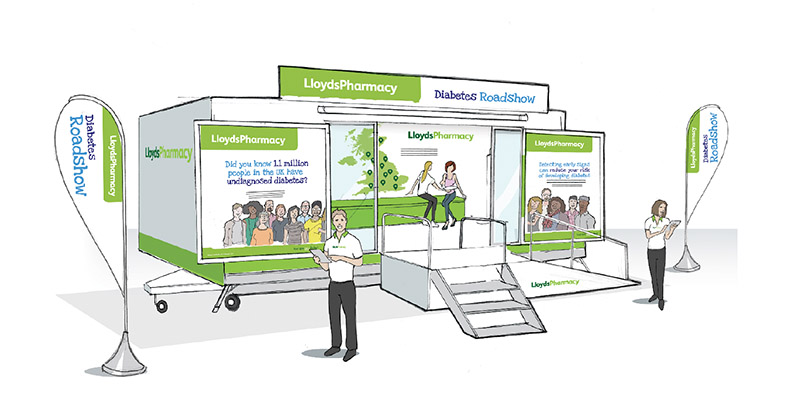
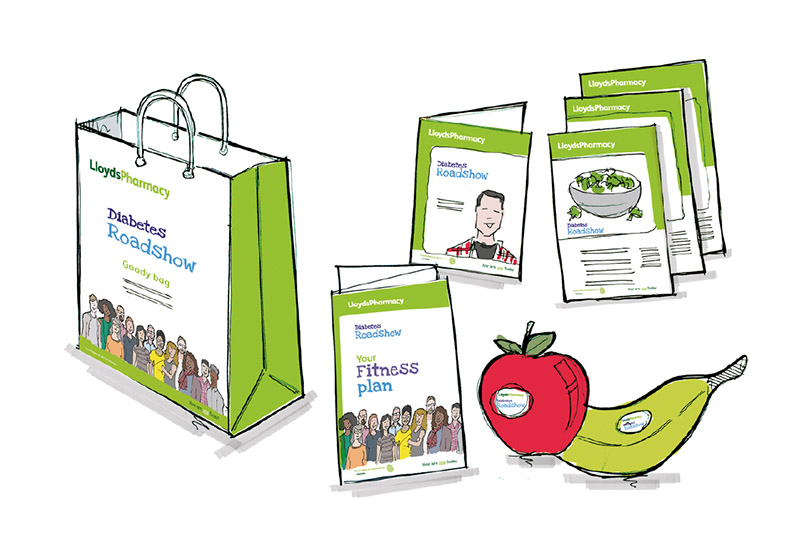
Our social activity filled those online information gaps through a heavily promoted and successful live Facebook Q&A session with a LloydsPharmacy conditions specialist. While a vox pops street campaign gave us a wealth of advice from sufferers that we tweeted out to a rapidly rising following.
Thousands of people were screened, with at risk rates approaching 50%. Advice was given and they were sent into pharmacy for the full fast screening service.
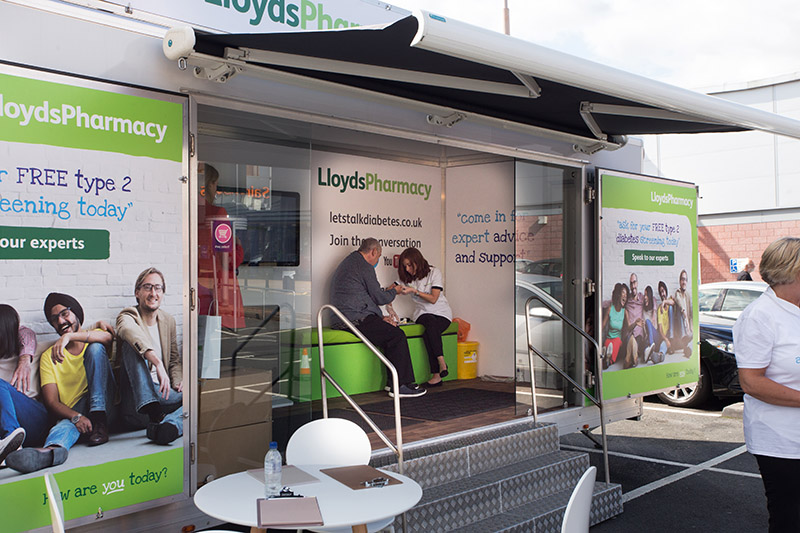
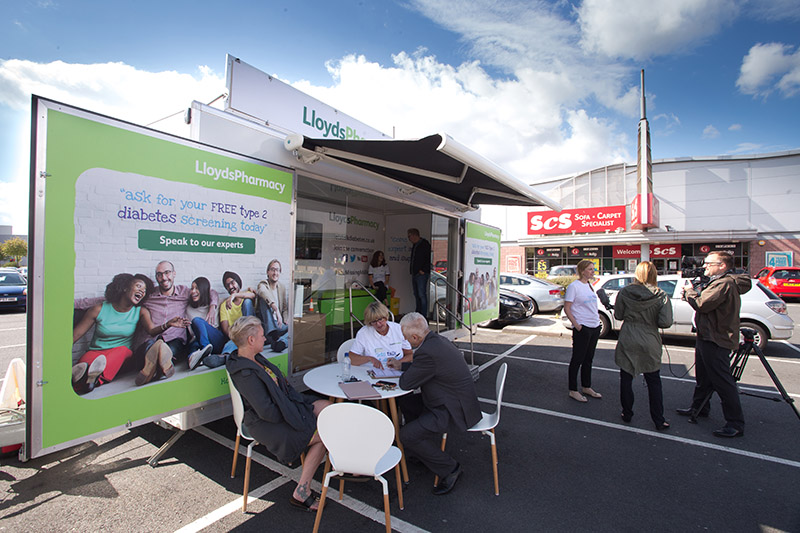
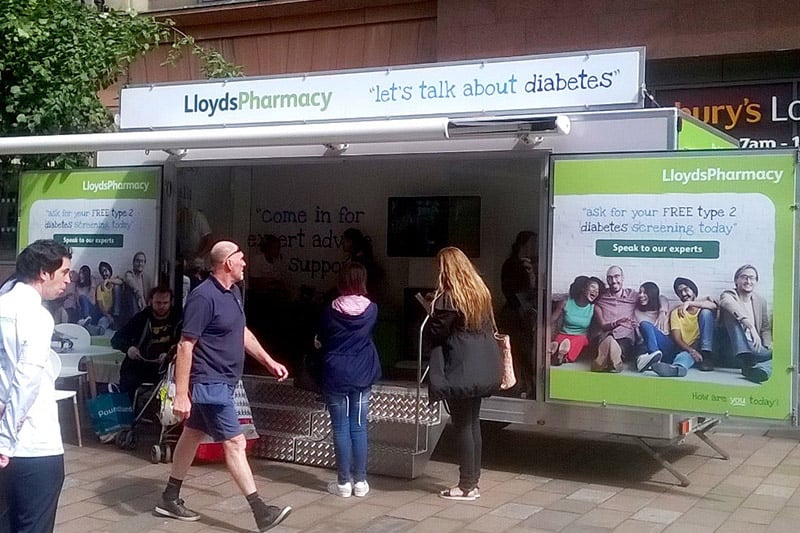
Online, the LloydsPharmacy Facebook and Twitter following grew by over 60% and more than 30% respectively.
Ultimately, with the campaign complete, over 360,000 interactions with members of the public were recorded: conversations that never would have happened if we hadn’t mapped out what people really wanted to talk about at the beginning of the campaign.
1 Osier Way
Swan Business Park
Buckingham
MK18 1TB
01280 824000
info@bcqsolutions.com
Sign up for our latest insights, articles and news.
Your marketing. Transformed.